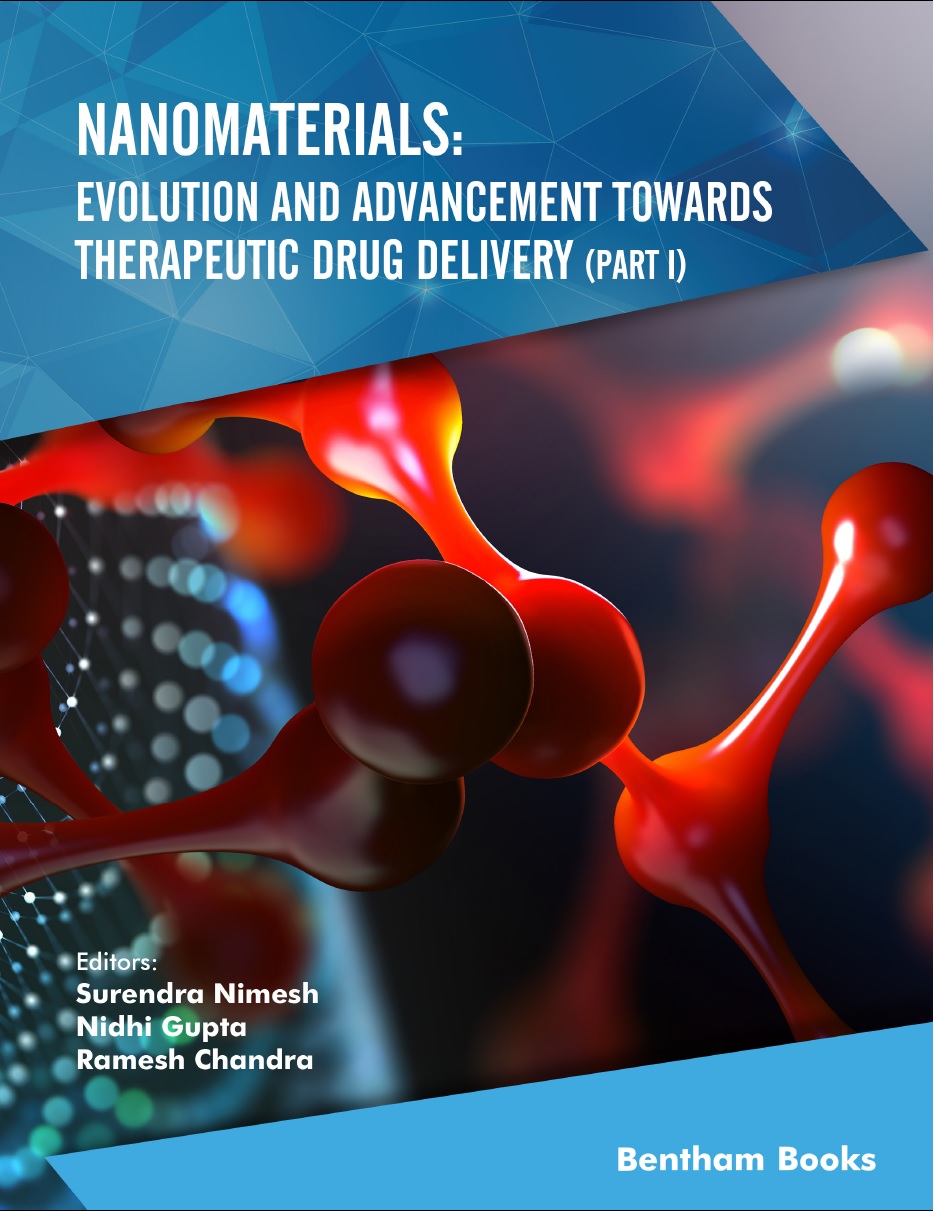Abstract
Rufinamide was evaluated in vitro to determine which enzyme(s) are responsible for rufinamide hydrolysis and whether valproate, one of its metabolites (valproyl-CoA), and/or the rufinamide hydrolysis product (CGP 47292) could inhibit hydrolysis. Rufinamide hydrolysis was mediated primarily by human carboxylesterase (hCE) 1 and was nonsaturable up to 500 μM. Two-thirds of rufinamide hydrolysis was estimated to occur in human microsomes and one-third in cytosol. Valproate was a selective inhibitor for hCE1 compared to hCE2 and inhibition had a greater impact on rufinamide hydrolysis in microsomes than in cytosol. Valproyl-CoA caused similar inhibition of rufinamide hydrolysis in both microsomes and cytosol. Carboxylesterases were not significantly inhibited by CGP 47292. Inhibition of in vitro rufinamide hydrolysis by valproate could offer an explanation for the observed in vivo drug-drug interaction between the two antiepileptic drugs.
Keywords: Antiepileptic drugs, carboxylesterase, drug-drug interaction, Lennox-Gastaut syndrome, rufinamide, valproate, valproyl-CoA, organophosphates, xenobiotic metabolism, diisopropylfluorophosphate
 37
37














